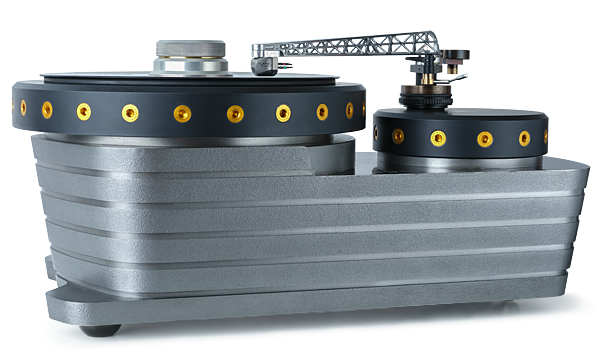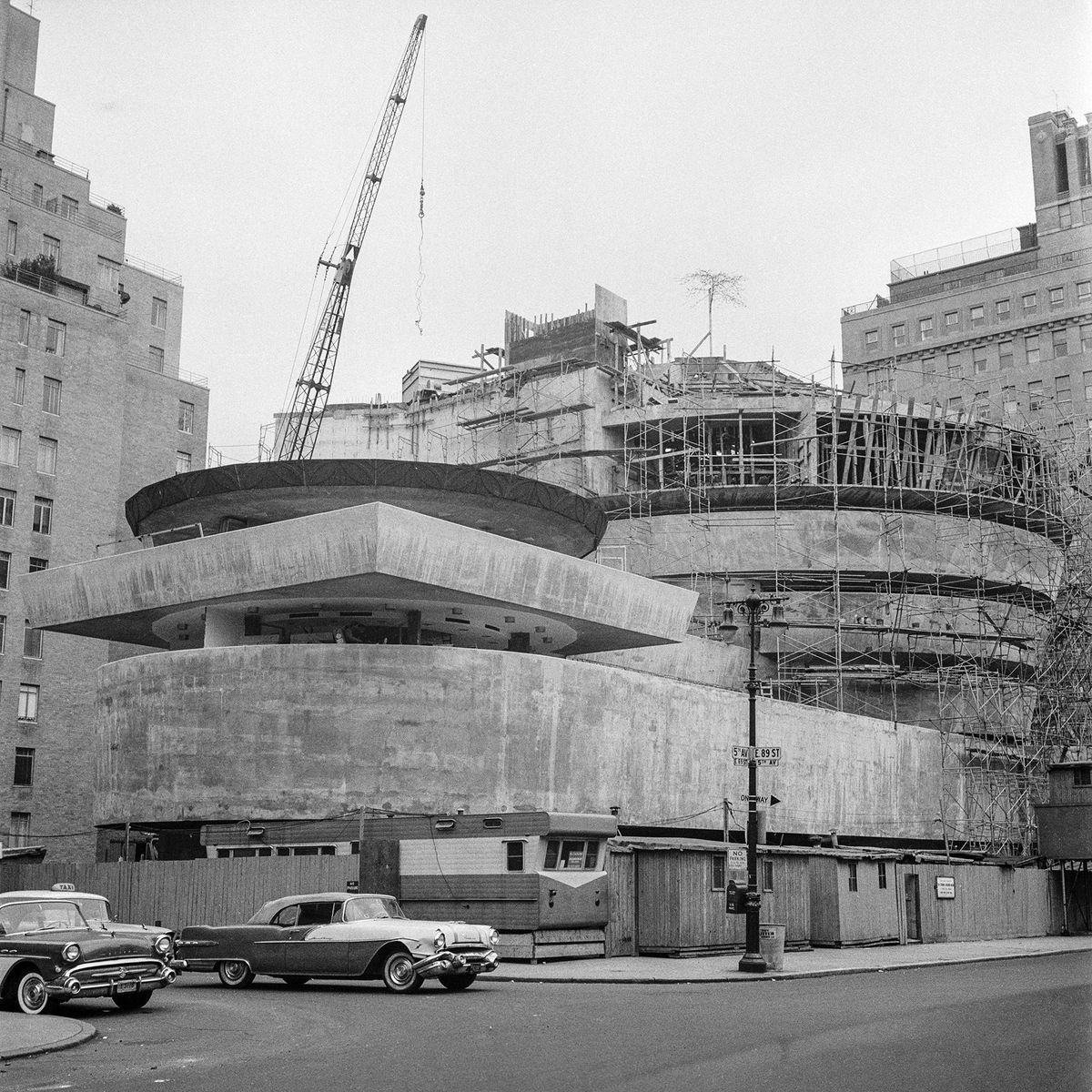Mynamemynaim
38yrs a Naim owner
If you have to ask.......
I do think that as soon as you start to assess a tonearm you have two other significant variables. The turntable, how does it deal with the vibration and energy, mass rigidity, resonances etc and also the cartridge the suspension with it's compliance and damping. I think a car suspension dynamics expert would be able to add some real colour in turntable design.
I believe those are laser cut carbon fiber sheet and laser cut modeling plywood. Not 3D printed. You certainly could 3D print these. Not sure there’s a point to the triangulated truss design at this scale though.
If you have to ask.......
A tonearm is a beam - if you want it super stiff, you make it stiff. The stiffest beams are trusses. The OMA arm is a truss. Makes sense to me.
I think the bearing is more important than the stiffness of the structure between the bearing and the cartridge. I have never been a fan of unipivots or bearingless arms like the well tempered.
best not step out into the countryside then. It's a dangerous place out there
Man that’s ugly. Definitely inspired by the Guggenheim museum in NYC.



Note the tone arm looming in the background.
Trouble is, the wall would be so thin that it probably wouldn't be practical as it would easily crush.My suspicion is that if you melted down an aluminium truss arm and made a thin-walled tube of the same length, it would be much stiffer.
Anyone know the price of the arm ?
I do.
His Reference arm runs at around £7,500 so I would imagine it is double that.
I think the bearing is more important than the stiffness of the structure between the bearing and the cartridge. I have never been a fan of unipivots or bearingless arms like the well tempered.
I had assumed that cranes were truss structures because of wind and that tubes have higher strength-to-weight since the load bearing material is more evenly distributed. Skeletons, which require stiffness and lightness, are tubular. Truss structures only seem to appear in bones when flexions is required. Tone-arms shouldn't flex. I understand that Continuum used some quite fancy computer analysis in the design of the Cobra, which is a tube with internal stiff foam. My suspicion is that if you melted down an aluminium truss arm and made a thin-walled tube of the same length, it would be much stiffer. It might want damping to control ringing though..
Roy Gandy's RB250 is a stellar arm at the price point. Light weight, rigid and to make it in a one-piece die-casting is a major engineering achievement. The Other reference arm I would offer as a benchmark item is the SME series V, uber rigid, no real sound of its own and very flexible with adjustments for every parameter under the sun. Both these arms are rigid, neutral ...........
Man that’s ugly. Definitely inspired by the Guggenheim museum in NYC.



Note the tone arm looming in the background.
Even if you’re close, it’s a lot of money. I can’t help feeling that the money would be better spent in developing a parallel tracker, where the arm is about 10mm long. At least you’d get rid of the tracking error, which remains non-insignificant with any other arm type, no matter how expensive.I believe the OMA turntable is about $350,000 and includes the tonearm and motor power supply. I think the dedicated turntable support/rack is extra. Please correct me if I am wrong on this...
